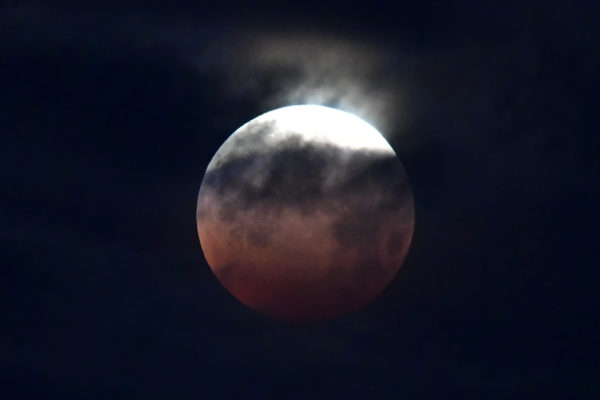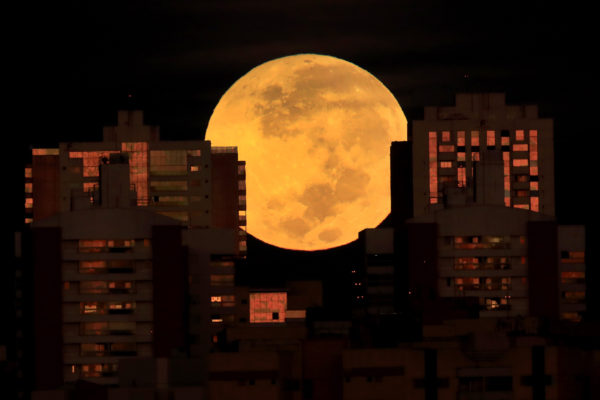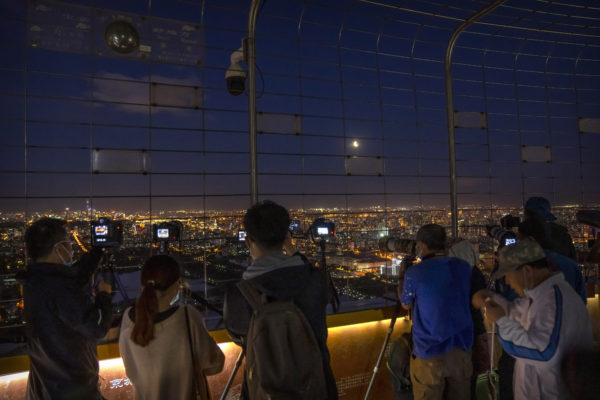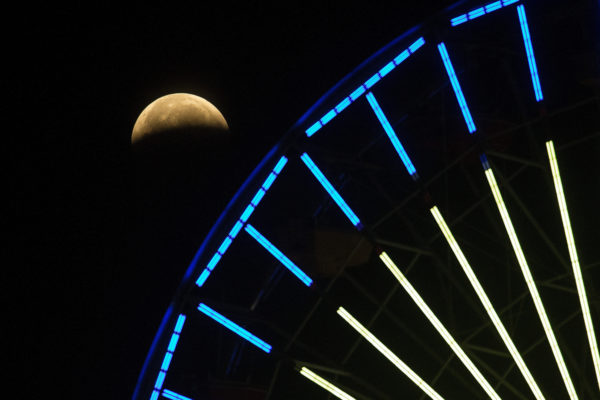
Maybe the sky was cloudy; maybe waking up in the middle of the night to look at the moon just sounds like lunacy. Whatever the reason, if you missed seeing the lunar eclipse early Wednesday, you’re not alone.
Luckily, there are plenty of photos and video of the rare sight of the super flower blood moon.
https://twitter.com/NPR/status/1397549358657282048?ref_src=twsrc%5Etfw%7Ctwcamp%5Etweetembed%7Ctwterm%5E1397549358657282048%7Ctwgr%5E%7Ctwcon%5Es1_&ref_url=https%3A%2F%2Fwww.npr.org%2F2021%2F05%2F26%2F1000452074%2Fif-you-didnt-look-up-this-morning-heres-what-you-missed
People on both sides of the Pacific Ocean were able to see the total eclipse, from the Western U.S. and Mexico to New Zealand and eastern Australia. Some of the best views were in Hawaii and the Pacific islands.
The biggest draw of this celestial event is that a supermoon and a total lunar eclipse are occurring simultaneously. In the past 10 years, there have been just 10 total lunar eclipses.

The supermoon was visible all over the world, but the full lunar eclipse was visible in many parts of the world. Observers had to look fast; the total eclipse lasted around 15 minutes.
The unusual name for this moon is due to several astronomical phenomena coinciding in one event.
“Blood”: The moon takes on a red hue as it aligns with the sun and Earth and passes fully into Earth’s shadow, or umbra. The distinct bloodlike color is caused by red-orange light refracted through the Earth’s atmosphere. The red hue can appear more intense if more clouds or dust are in the Earth’s atmosphere, according to NASA.

“Super”: The shape of the moon’s orbit around the Earth is not a perfect circle, but an oval. When a full moon reaches the point closest to our planet on its elliptical orbit, it’s called a supermoon, or perigee-syzygy, and appears larger than usual in the sky. Supermoons are more common than total eclipses — they typically occur several times a year.

“Flower”: Full moons that occur in May are sometimes known as flower moons. According to The Old Farmer’s Almanac, the name is a reference to the flowers that are blooming in May and has been attributed to Native American, Colonial American and European sources.

The next total lunar eclipse will occur about a year from now. But a near-total eclipse will come on the night of Nov. 18 to 19, says Diana Hannikainen, observing editor at Sky & Telescope.

“Technically, the November event will be partial, but only the thinnest sliver of the moon’s disk will remain outside the umbra, so for all intents and purposes it’ll be very much like a total eclipse,” she said.
Copyright 2021 NPR. To see more, visit https://www.npr.org.




